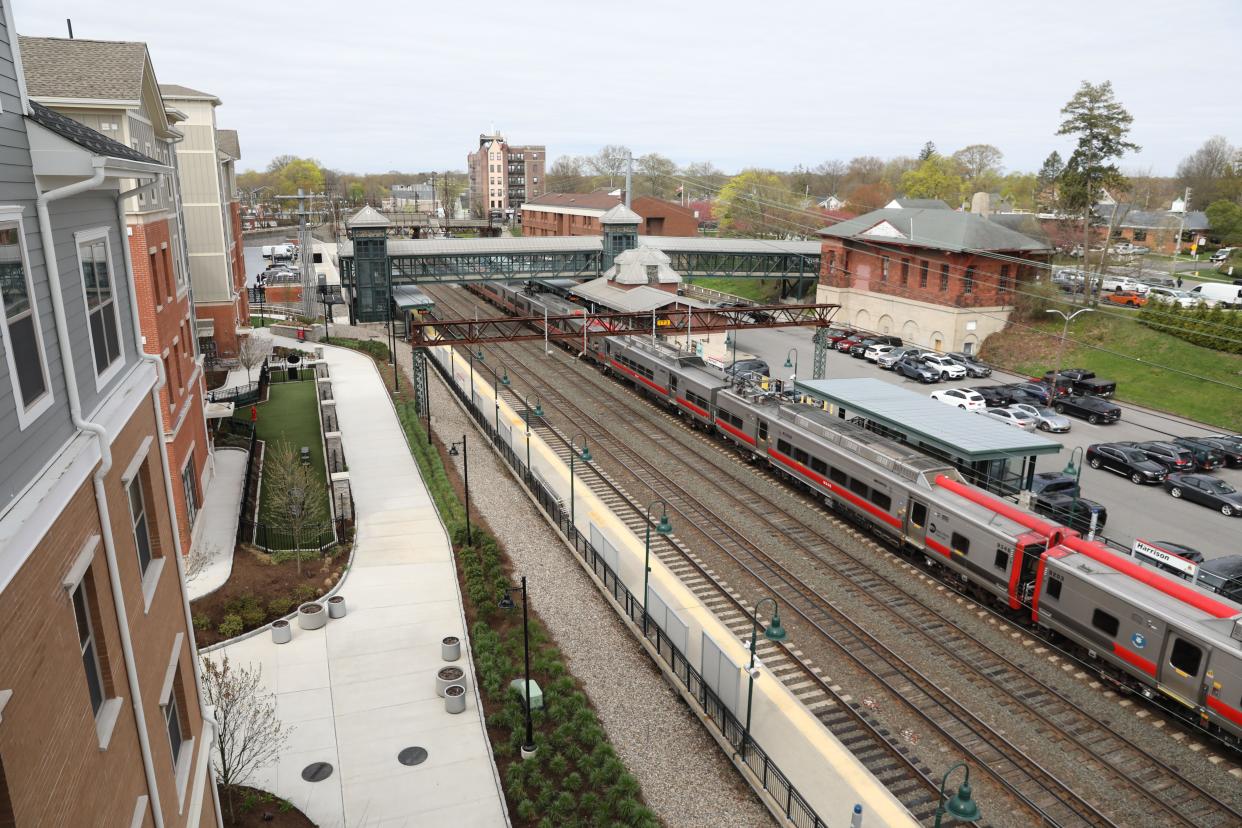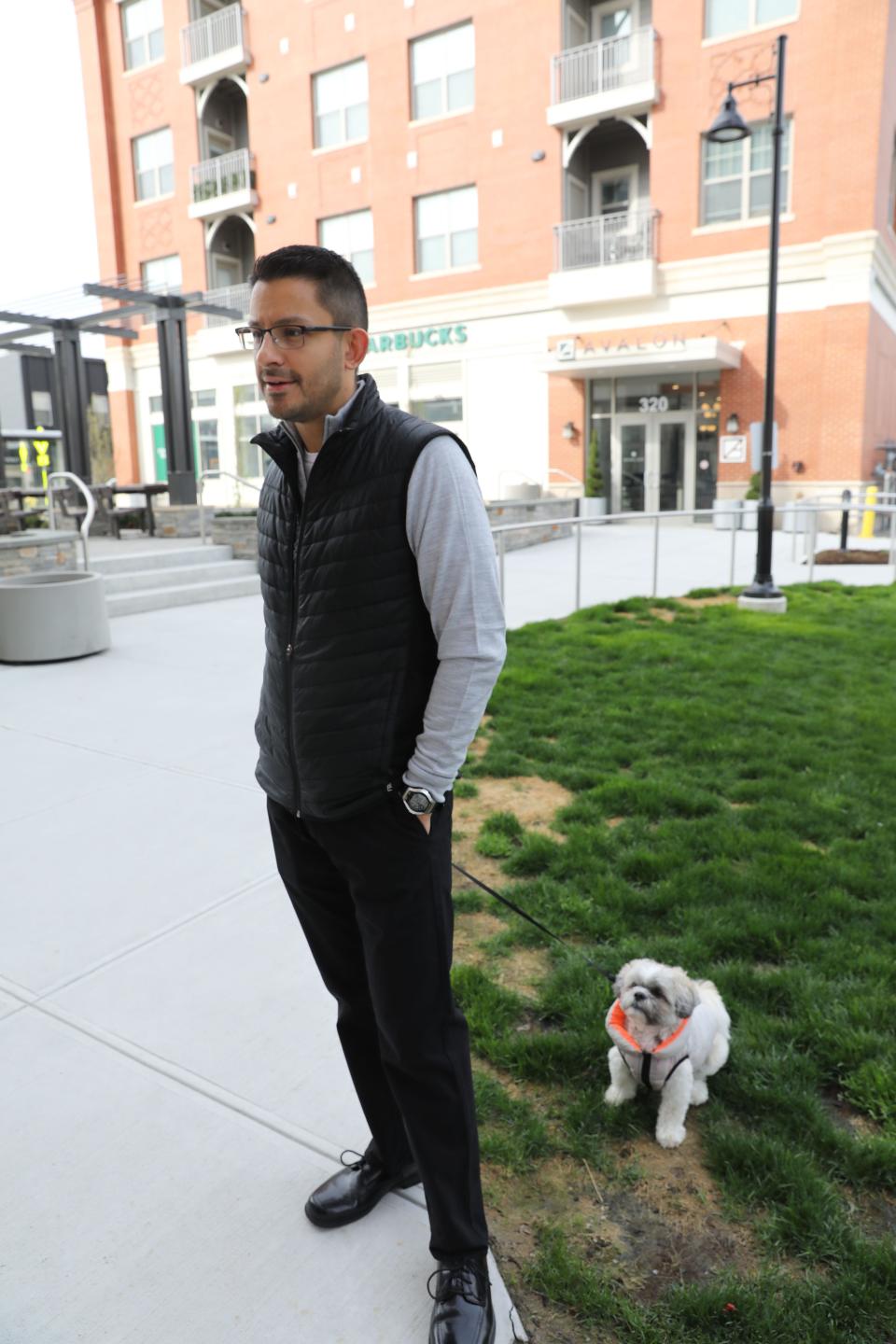Nearly half of Lower Hudson transit oriented developments are in 'restrictive' areas

While the Lower Hudson Valley has a diverse housing stock, nearly half of municipalities along the Metro-North lines are considered unfriendly to multi-family developments, according to a report by the non-profit Regional Plan Association.
The Homes on Track report, released in March, analyzed land use and regulations regarding transit oriented development.
Check out the companion story: Study examines 'transit oriented developments' in Lower Hudson Valley communities
What is transit oriented development?
Transit oriented development (TOD) is an approach that aims to lower housing expenses by pairing housing developments with public transportation along 390 stations in New York and New Jersey commuter rail networks.
The concept was first introduced in 1993 by Peter Calthorpe in his book "The Next American Metropolis".
According to the Transit Oriented Development Institute, the strategy creates mixed-use communities that are both compact and walkable. TOD is also promoted as a solution to the climate change by reducing the need for driving and energy consumption. Municipalities designed around the use of public transportation are considered "transit cities".
The Homes on Track report designated several communities in the Lower Hudson Valley as "multi-family friendly", meaning that the TOD was ripe for multi-family housing thanks to a variety of factors, such as zoning regulations.
Marcel Negret, senior planner at the Regional Plan Association, said several factors need to be taken into account when considering the Homes on Track report: a multi-family friendly designation may only be applicable to a handful of sites, and developments might still be in the pipeline. Also, the Homes on Track report does not consider parking requirements, although high parking requirements could make it challenging when it comes to developing multi-family housing.
According to the Homes on Track report, about 38% of 55 stations in Westchester, Rockland and Putnam have high-density residential units (an average of 11 or more units per acre).
Nearly 50% of the stations were classified as restrictive, segregated and affluent neighborhoods based on household incomes, poverty rate and zoning policies. The report defined restrictive neighborhoods as communities regulated by zoning that severely limits or does not allow multi-family building around train stations.
'Makes things less affordable for people'
While some municipalities are considered multi-family friendly, it takes time to achieve affordability and benefits for local businesses in TOD communities. For example, Mamaroneck is classified as "most multi-family friendly" in the Homes on Track report, but the village is on the cusp of an affordable-housing crisis as residents utilize a higher percentage of their incomes to meet rent and cost burdens.
The issue of affordability is not necessarily exclusive to Mamaroneck, however.
The first Metro-North led Transit Oriented Development project, Avalon Harrison, was completed in 2023 and is located near the Harrison train station. The project, which includes 143 apartment units in three residential buildings, was applauded by Gov. Kathy Hochul as "a model for transit-oriented development everywhere."
As of April 23, a one-bedroom in the Avalon Harrison building costs $3,365 per month rent, according to its website. The median household income in Harrison village was $151,038 in 2022.
The building just isn't on the radar for some locals seeking apartments, like Steven Markantonis, who grew up in the area and moved to Harrison two years ago.
"I had moved before this building went up, but I wouldn't even consider (the building) because it's a little bit out of our budget. It makes things less affordable for people," Markantonis said.

“A more affordable and balanced regional housing market is essential to a healthy economy with connections between all parts of the region,” said Tom Wright, president of Regional Plan Association.
Storefronts in the buildings that sprawl several blocks on Halstead Avenue remain empty since the project was completed in August 2023.
David Estrada, owner of Hal's Deli located across the street from the Avalon Harrison had expected a flow of customers brought in by the new development. But business has been slow since it opened in January.
"We have heard all the apartments have been rented out, but we haven't really seen anybody walking in or out of the building," he said.
Story continues after gallery.
More: Westchester mayors talk housing, infrastructure amid rapid development
New York lacks statewide guidance on housing development
Negret added that unlike neighboring states like New Jersey and Connecticut that have set parameters for land use and housing, New York lacks a statewide guideline to facilitate housing development.
“It’s complete deference to whatever individual municipality decides to do. Sometimes the municipalities just don’t have enough resources or technical capacity to figure out what to do. In some other cases, even if they have the capacity to do it, they just want to remain exclusionary,” Negret said.
“Failure to act on ambitious TOD policy will only exacerbate the region’s housing crisis, add further strains to the transportation network, and lead to more missed opportunities from major investments,” the report reads. “By coupling housing policy with strategic planning for public transportation, New York has incredible potential to deliver abundant homes, improved affordability, thriving economies, and a sustainable environment.”
This article originally appeared on Rockland/Westchester Journal News: Are Lower Hudson towns friendly to transit oriented development?

